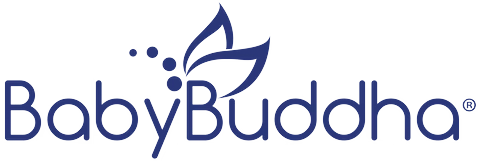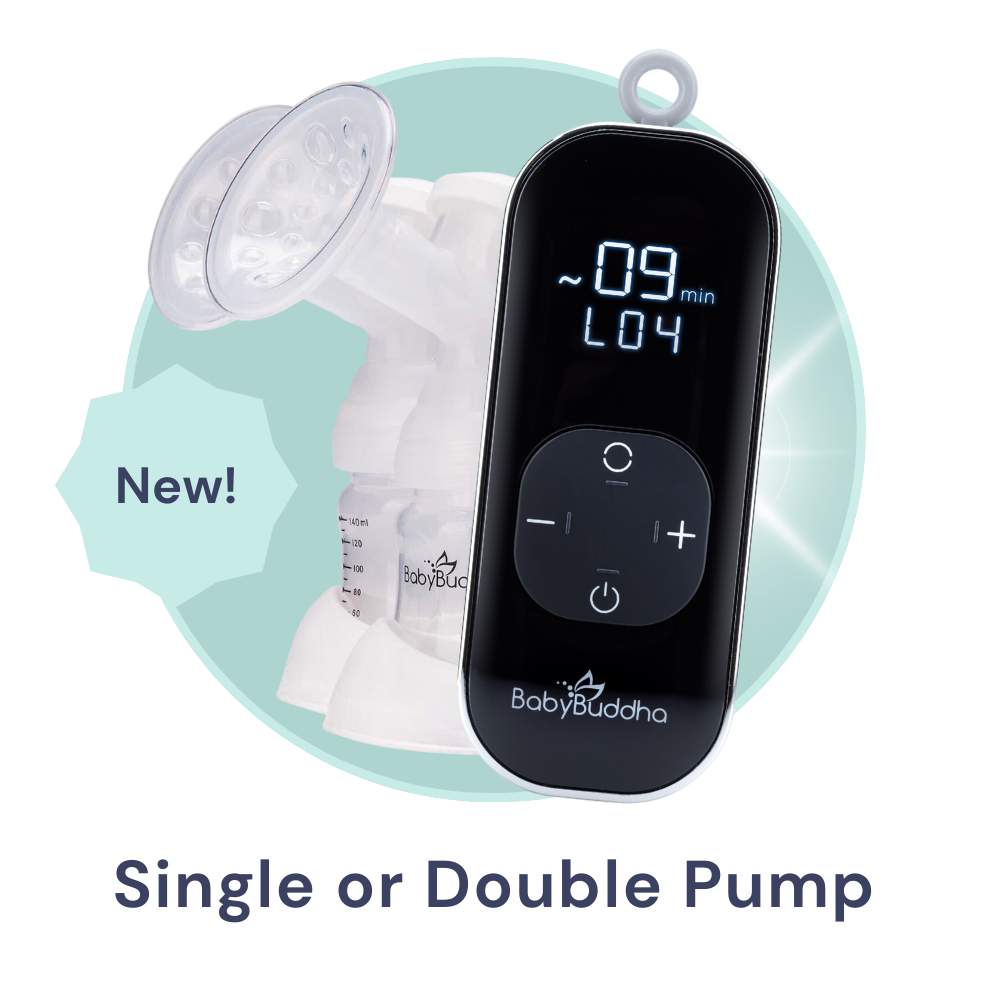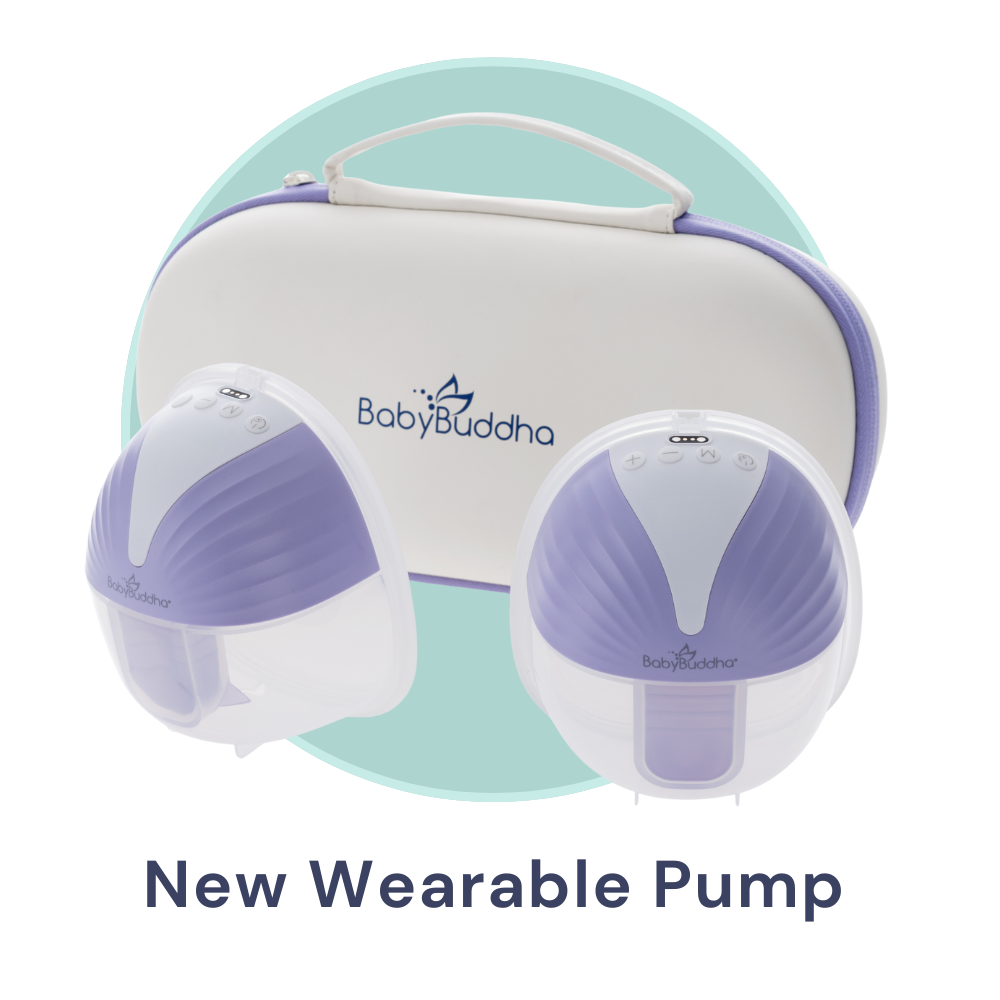Medically Reviewed By | Dr. Hope Lima, PhD, RDN, LRD, IBCLC
Understanding your baby’s needs and reactions to different foods can be like learning a whole new language for parents. And when it comes to allergies, it’s essential to know the signs and what to do. It’s not just about reading medical journals, it’s about understanding our little ones and their tiny bodies’ responses to the world around them.
So, let’s dive into the world of allergies in breastfed babies, focusing on cow's milk protein allergy. We will navigate through this together, addressing concerns and seeking solutions to ensure the smiles of our precious ones stay bright and their bodies stay healthy.
Understanding Milk Allergy and Lactose Intolerance
First things first — what exactly is a milk allergy, and how does it differ from lactose intolerance? Well, when babies have a milk allergy, their immune systems react to the proteins in cow’s milk, like casein and whey. It’s like their bodies are saying, “Hey, this doesn’t belong here!” and releasing chemicals to protect them.
With lactose intolerance, it’s a bit different. It’s when little tummies can’t break down the sugar in milk (called lactose), leading to those uncomfortable tummy troubles.
The Importance of Knowing the Difference
Now, distinguishing between a milk allergy and lactose intolerance is crucial. An allergy can be severe and involves multiple body systems, including the immune system and the digestive system. Lactose intolerance is generally less severe, involving only the digestive system. It’s like comparing apples and oranges; they might seem similar but are quite different.
Knowing the difference helps in giving the right care and ensuring our little ones are getting the right nutrition.
The Role of the Immune System
In the journey of cow’s milk protein intolerance/allergy in human milk-fed infants, the immune system is like our guide. It’s what reacts and produces the symptoms we see. In the case of cow’s milk protein allergy in breastfed infants, the immune system is having an inflammatory reaction that produces the symptoms you see in your child.
What Are the Symptoms of Cow’s Milk Allergy in Babies?
Now that we’re on the same page about what cow’s milk allergies are, let’s dig a bit deeper and unravel the symptoms of cow’s milk allergy. This is our way of knowing when to give our babies a little extra TLC and when to seek advice from our trusted pediatricians.
Here are the symptoms of an allergy to cow’s milk protein in an exclusively breastfed infant:
- Eczema or hives: While eczema is an autoimmune condition, cow’s milk proteins can trigger symptoms if the baby is in a flare-up. If you notice flares more closely related to when you consume dairy in your diet, it’s worth paying attention to.
- Bloating and gas: If your baby seems uncomfortable or is excessively gassy or bloated, especially after feedings, this could be a sign of a cow’s milk allergy.
- Reflux or vomiting: Frequent spitting up or vomiting can be another sign, resulting from irritation from the proteins they’re exposed to.
- Colic: Persistent crying and discomfort, especially post-feeding, can be a sign. It’s heartbreaking to see, but knowing the cause helps in addressing it the right way.
Remember, symptoms can vary, and some babies may experience several symptoms while others may only experience one. It’s all about observing and understanding our baby’s unique ways of communicating with us.
How Can a Mother's Diet Affect Breastfed Babies?
How does mom’s diet while breastfeeding play into all this? Believe it or not, it's all interconnected.
When moms consume dairy products, traces of cow’s milk protein can find their way into breast milk. And for our tiny tots with cow's milk protein allergy, this can be a tad uncomfortable, triggering those symptoms we talked about. It’s like the circle of life but with food!
“While we’ve focused on cow’s milk in this article, these symptoms can be associated with allergies to other foods (commonly soy and eggs) in the parent’s diet,” notes Lactation Expert Dr. Hope Lima, PhD, RD, IBCLC. Consulting with a dietitian or allergist can give insights into creating a balanced diet that removes any of the trigger foods and supports both mom and baby’s nutritional needs, keeping those adorable smiles ever-present.
Managing Allergy Symptoms in Babies
Now, after observing and noting down the signs, what’s next? It’s all about managing those symptoms and keeping our little ones comfortable and happy.
Seeking Medical Advice
When we see our little one exhibiting any symptoms, it’s time to wear our super-parent cape and consult with a dietitian or an allergist. These healthcare heroes can provide invaluable advice, guide on the potential need for allergy testing, and help create an action plan to manage those pesky symptoms.
Exploring Alternatives
If breastfeeding is not an option or if the pediatrician advises, exploring alternatives like soy or amino acid-based infant formulas can be a game-changer. It’s about finding what suits our baby the best, providing them the nutrition they need without the discomfort.
Using a Breast Pump
Sometimes, using a breast pump can make sense. It allows moms to maintain their milk supply while eliminating dairy products from their diet and introducing the baby to alternatives, managing the balance between nutritional needs and avoiding allergens.
Reading Food Labels
If you have identified a trigger food in your diet, vigilance is our companion. It’s about ensuring the milk we give them is safe, and nothing triggers those symptoms. Reading food labels becomes our way of ensuring this safety.
Keeping a Food Diary
Jotting down changes in your diet and how the baby reacts after those changes becomes a beacon in managing symptoms. It’s like having a roadmap to navigate through their food journey, avoiding the bumps along the way. “When you are keeping a food diary, it is best to work with a dietitian to receive support in the analysis for accuracy,” Lima notes.
Immediate Action for Severe Reactions
If your baby shows signs of severe allergic reactions like swelling of the lips, face, or eyes, or vomiting that does not resolve, immediate medical attention is crucial. Make sure you have a way to contact your pediatrician, and call for emergency services or head to the emergency room if you notice any of these symptoms. You can never be too careful.
Continuous Monitoring
It’s all about keeping an eye out, watching out for any new signs or symptoms, and addressing them promptly. Monitoring helps in adjusting and tweaking our approach, ensuring our baby’s comfort and happiness. “If you find yourself developing anxiety from the monitoring, be sure that you seek support from an appropriately trained dietitian or allergist,” Lima highlights.
Adjusting and managing can be a bit of a puzzle, but with love and care, it becomes a part of our routine, ensuring our little joys remain unaffected by allergies. It’s all about staying informed, being observant, and acting promptly, creating a loving and caring environment for our babies to flourish in!
Alternatives to Cow's Milk for Babies
We’ve talked about all the nitty-gritty of milk allergies, and now you’re probably wondering, “Okay, so what’s next? What can I give my baby instead of cow’s milk if/when that time comes?” Don’t worry — we’ve been there, too, and there are plenty of mom-approved, baby-loved options out there!
Soy-Based Formulas
If your little one is formula-fed, soy-based formulas are like the friendly neighbor next door. They’re full of good stuff like proteins and come loaded with calcium to make sure our babies get all they need without the milk products that cause those icky food allergies.
Hydrolyzed Formulas
Another option in infant formulas would be hydrolyzed formulas. They’re like the superheroes of baby formulas. Designed to be hypoallergenic, they break down proteins into smaller bits to dodge those allergic reactions in our little ones.
Amino Acid-Based Formulas
If your baby is still reacting to hydrolyzed formulas, you may need to discuss amino acid-based formulas with your healthcare provider. Amino acid-based formulas are nonallergenic but tend to be more expensive.
Pea Milk
When you start introducing solids, pea milk can be a friend, too. It’s protein content is similar to cow’s milk, and it’s gentle and usually gets the thumbs up from our tiny tots. It also has a good amount of calcium and vitamin D!
Calcium-Rich Foods
As our babies grow and explore the world of solids, foods like fortified cereals, leafy greens, and almond butter are like little nutrient-packed gifts. They’re not just tasty; they give our little ones the calcium they need to grow big and strong!
Nutritional Guidance
Having a little chat with an appropriately trained provider is like having a roadmap to navigate through our babies’ dietary needs. They can guide us, tweak the diet, and ensure our babies are loving their food and growing just right, all while managing any food allergies.
The Bottom Line
Navigating milk allergies can seem overwhelming, but you’re not alone in this journey; your friends at BabyBuddha are right here with you! Remember, it’s all about observing, understanding, and adapting to keep our little treasures happy and healthy.
Whether it’s tweaking your diet while breastfeeding, choosing the right formula, or using a breast pump, there are many ways to ensure your baby is getting the nutrition they need.
Stay informed, stay loving, and here’s to a future filled with giggles and serene snoozes for our precious ones!
Sources:
Lactose intolerance - Symptoms & causes | Mayo Clinic
Milk Allergy: Causes, Symptoms, Diagnosis & Treatment | Cleveland Clinic
Serious Allergic Reactions (Anaphylaxis) (for Parents) | Nemours KidsHealth








